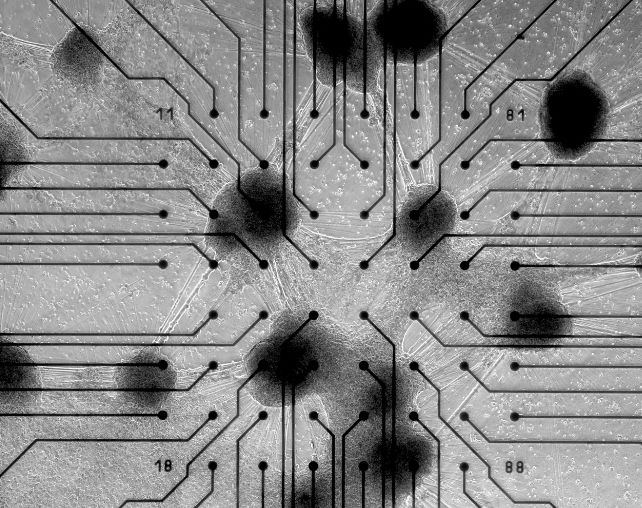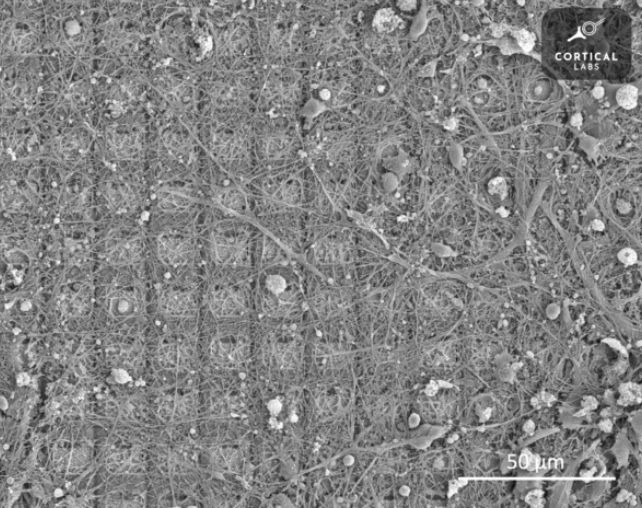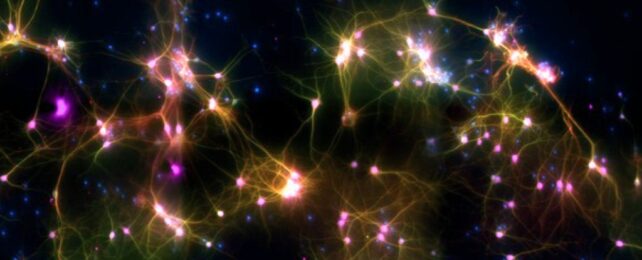The world's first commercial hybrid of silicon circuitry and human brain cells will soon be available for rent. Marketed for its vast potential in medical research, the biological machine, grown inside a British laboratory, builds on the Pong-playing prototype, DishBrain.
Each CL1 computer is formed of 800,000 neurons grown across a silicon chip, and their life-support system. While it can't yet match the mind-blowing capabilities of today's most powerful computers, the system has one very significant advantage: it only consumes a fraction of the energy of comparable technologies.
AI centers now consume countries' worth of energy, whereas a rack of CL1 machines only uses 1,000 watts and is naturally capable of adapting and learning in real time.

"The neuron is self-programming, infinitely flexible, and the result of four billion years of evolution. What digital AI models spend tremendous resources trying to emulate, we begin with," Australian biotech startup Cortical Labs claims on its website. They teamed up with UK company bit.bio to further develop DishBrain, an experimental platform designed to explore the "wetware" concept.
Related: Human Brain Cells on a Chip Can Recognize Speech And Do Simple Math

When neuroscientist Brett Kagan and colleagues pitted their creation against equivalent levels of machine learning algorithms, the cell culture systems outperformed them.
Users can send code directly into the synthetically supported system of neurons, which is capable of responding to electrical signals almost instantly. These signals act as bits of information that can be read and acted on by the cells.

But perhaps the greatest potential for this biological and synthetic hybrid is as an experimental tool for learning more about our own brains and their abilities, from neuroscience to creativity.
"Epileptic cells can't learn to play games very well, but if you apply antiepileptics to the cell culture, they can suddenly learn better as well as a range of other previously inaccessible metrics," Kagan told Shannon Cuthrell at IEEE's Spectrum, pointing out the system's ethical drug testing capacity.
The computing neurons are grown from skin and blood samples provided by adult human donors. While there are still many limitations – for one, the neurons only survive for six months at a time – the energy-saving potential of this technology alone suggests such systems are worth developing further. Especially given the dire state of our own life support system.
The first CL1 units will reportedly ship soon for US$35,000 each, or remote access can apparently be rented for $300 per week.
